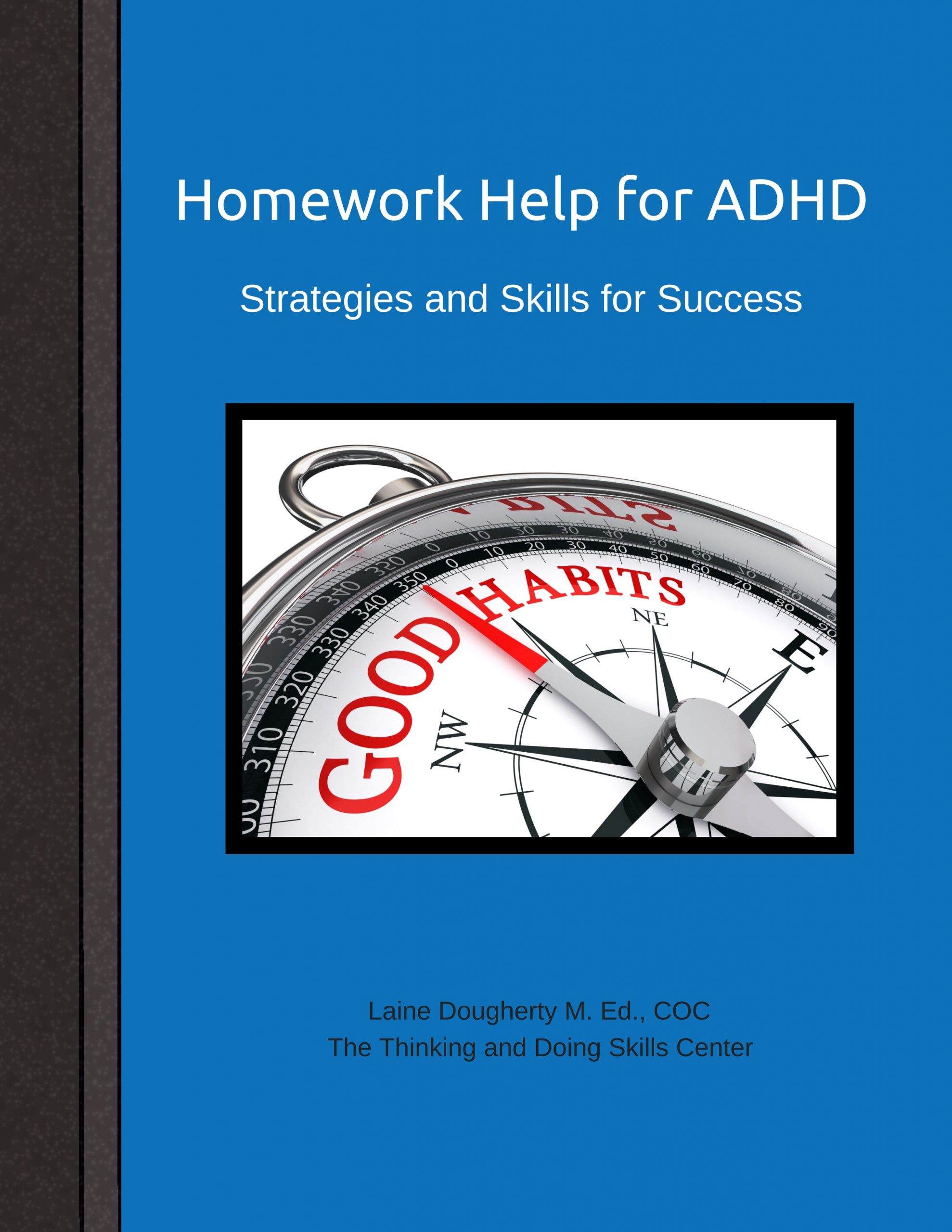 October was ADHD Awareness Month. Each year the media seems to do a bit more to publicize and educate but more can always be done. There is not enough information out there geared to parents and children. So, I would like to help with some information my students find helpful.
October was ADHD Awareness Month. Each year the media seems to do a bit more to publicize and educate but more can always be done. There is not enough information out there geared to parents and children. So, I would like to help with some information my students find helpful.
First up, the acronym ADHD which stands for Attention Deficit Hyperactivity Disorder really shouldn’t be the category name for the three types of ADHD (impulsive/hyperactive, inattentive and combined). Teens are often in denial because they say they aren’t “hyper” and so feel that it doesn’t apply to them.
ADHD is a neurobiological condition – meaning it is the result of lower levels of neurotransmitter chemicals that are normally in the brain, which results in lower levels of stimulus in the brain. Non-technical definition: it is a chemical imbalance and not a personality/behavior or motivation problem. Just like near sightedness or hearing loss, it cannot be “fixed” at this point in time but it can be helped.
People of all ages with ADHD that I have met are often very smart, they just have difficulty showing it sometimes. That’s often a combination of the lower level of chemicals and the executive function skills that are slower to develop.
School challenges vary by individual but often ADHD can interfere by making it difficult to get started on a task, stay focused long enough to complete a task, remember when they have a task to do or find the task in their disorganization. It’s easy to see why homework and test taking is a challenge for these kids.
10 Strategies to Help with ADHD
- Declutter your work space, set up materials you use often in easily accessible places. Rulers, scissors, pens and pencils fit nicely in a mug on the desk. (Organize it weekly to keep it that way)
- Take everything out of the backpack and pile the “to do” items on the left and as you complete them move them to the right. Then put everything back in the backpack where it belongs.
- Start with the end in mind. Sketch out what it will look like when completed and work backwards to determine the first few steps.
- Write it down! Use a planner, smartphone app (Google Calendar, Color note, Evernote, Remember the Milk, etc.), or notepad to keep track.
- Graphic organizers and mind maps using color, shape, and placement help the brain recall information. Great for study guides.
- Create a 30 minute play list and reward yourself with a break if you work until the music ends.
- Keep a notepad nearby and write down any thoughts that interrupt so that you can deal with them after the work is done.
- Exercise or do something active to increase the dopamine in the brain before beginning (snacks and water help too).
- Use a whiteboard and don’t erase the previous approach
- If your child/teen is still struggling then try to change the environment, change the task or change the expectations.
In coaching, we often start by helping teens become aware of how their ADHD is showing up in school. Once they identify that it is really the way their brain functions that is making “x” or “y” difficult, then they are better able to look at it objectively and figure out a strategy that might help. If they continue to do things the way they have always done them, there can be no change. It is only when they start to think about their thinking, that they can really help themselves.





